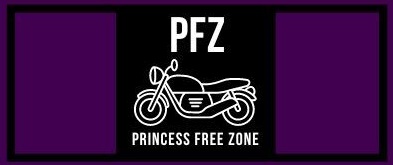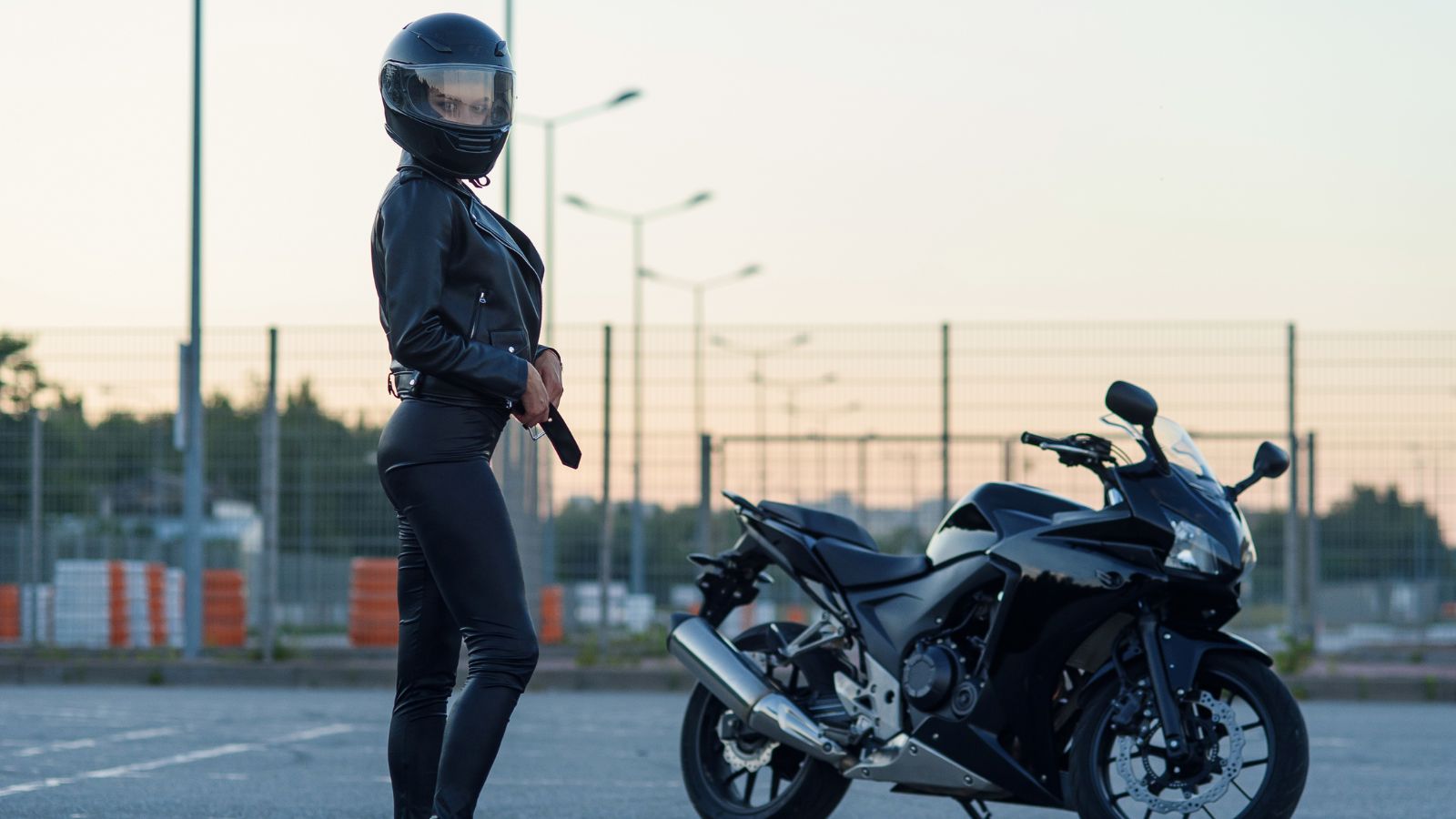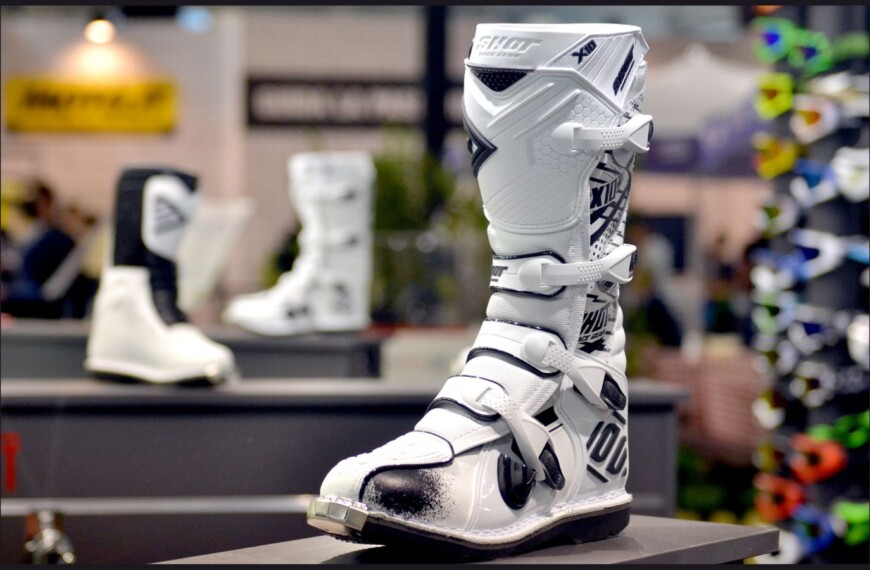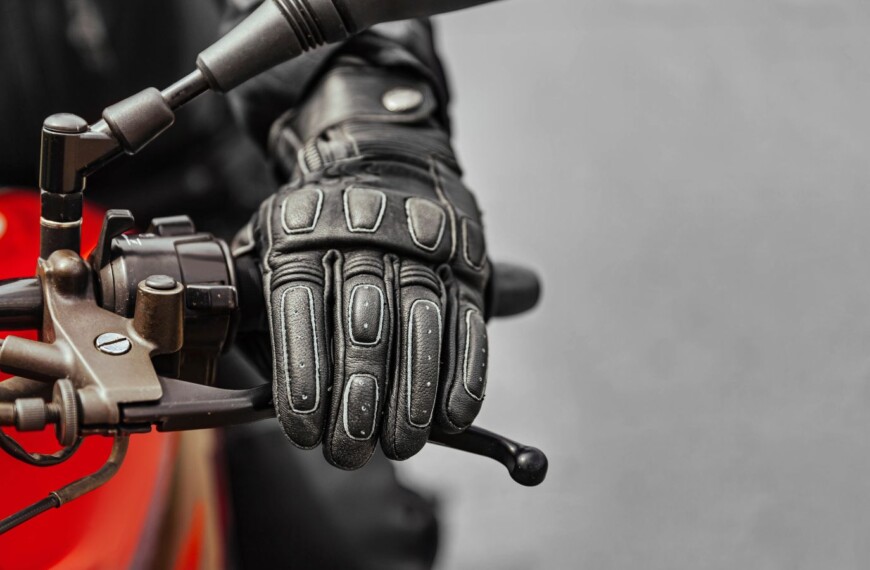The exhilaration of riding a motorcycle is often accompanied by inherent risks that every rider must account for. While helmets, gloves, and knee pads usually get the lion’s share of attention when it comes to protective gear, back protectors are equally crucial but often overlooked. Designed to shield your spine, ribs, and internal organs, a back protector can make a significant difference in the event of a mishap. In this comprehensive guide, we look into the key aspects you need to consider for choosing the correct back protector for your motorcycling needs.
Why a Back Protector Is Necessary
A motorcycle back protector is not just an add-on; it’s a vital piece of safety equipment. Your back and spine are sensitive areas that are vulnerable to serious injury during an accident. A back protector’s primary purpose is to absorb and disperse impact energy, thereby reducing the chances of spinal and internal injuries.
These protectors are designed ergonomically, allowing you to move freely and control your bike efficiently while providing an extra layer of safety. If you think of your helmet as a non-negotiable protective gear item, then a back protector should also be on that list. It’s akin to a seatbelt for your back—a supplemental restraint that could make a life-altering difference.
Types of Back Protectors: Understanding Your Options
When choosing a back protector, you have two main categories to consider:
1. Insert Back Protectors
These are typically lightweight, flexible pads designed to fit into a pocket in your riding jacket. They’re convenient but generally offer a lower level of protection than standalone models. If you’re a casual rider who doesn’t venture too far from home, these could be a suitable choice.
Pros:
- Easy to use and remove.
- Generally cheaper.
Cons:
- Lower protection level.
- Limited size options due to jacket compatibility.
2. Standalone Back Protectors
Standalone protectors are the epitome of protection, designed to be worn separately under your jacket. These are usually the go-to choice for professional racers and avid long-distance riders.
Pros:
- Higher protection level, covering more area.
- Adjustable fit via straps.
Cons:
- Can be bulky.
- Generally more expensive.
Safety Standards: The Certification Landscape
Much like helmets, back protectors must meet specific safety standards. The most common certification is the European CE standard EN1621-2. The levels within this standard signify how much force the protector can absorb:
- Level 1: Offers basic impact protection. Suitable for low-risk, casual riding.
- Level 2: Provides enhanced protection and is recommended for more serious riding conditions like racing or off-road adventures.
Material and Construction: What’s Inside Counts
When evaluating the material and construction of back protectors, you’ll primarily come across foam-based protectors, hard plastic models, or a hybrid of both.
Foam Protectors
Viscoelastic foam hardens upon impact and softens when at rest. Brands like D3O and SAS-TEC offer high-quality foam that provides an excellent balance between comfort and protection.
Hard Shell Protectors
These are usually constructed with a hard plastic outer layer shaped like a turtle shell. This hard surface is designed to distribute the force of an impact over a larger area, allowing the underlying foam to absorb it efficiently.
Fit and Comfort: The Key to Effective Protection
The importance of a well-fitting back protector cannot be stressed enough. Here are some key considerations:
- Length: The protector should cover from just below the neck to the lower back.
- Width: Ensure it covers the width of your back but doesn’t inhibit your arms’ movement.
- Adjustability: Straps should allow for a snug fit but not restrict breathing.
When you try on a back protector, do it while wearing your typical riding gear. Perform various motions to simulate riding conditions—lean forward as if you’re holding the handlebars, twist your torso, and move your arms.
Extra Features: The Icing on the Cake
Ventilation
High-quality back protectors offer ventilation channels or perforations that allow air to flow, reducing sweat and discomfort during long rides.
Flexibility
The last thing you want is a rigid back protector that restricts your movement. Look for segmented designs or flexible materials that move with your body.
Weight
While a heavier protector might offer better protection, it can lead to fatigue over long distances. Striking a balance between weight and safety is crucial.
Budget and Customer Reviews: Finishing Touches
Back protectors vary widely in cost, ranging from around $50 to several hundred dollars. While more expensive models generally offer higher protection levels and additional features, there are budget-friendly options that meet basic safety standards. Always read user reviews and expert opinions to get an insight into how a protector performs in real-world conditions.
Conclusion
Choosing the correct back protector is a critical decision that every motorcyclist should make with careful consideration. The right protector can offer a substantial level of safety without hindering your ability to ride comfortably and efficiently. It’s essential to take your time to understand the different types, safety levels, materials, and fit before making a purchase. The road is unpredictable, but your safety gear shouldn’t be—invest wisely in a back protector that meets your needs and riding style.













